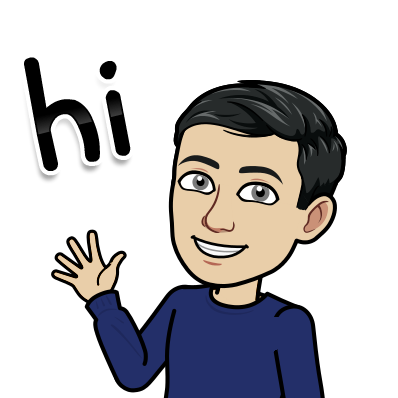1,716 reads
Top 40+ Data Science Product Interview Questions
by
October 18th, 2021
Audio Presented by

I like creating content and building tools for data scientists. www.stratascratch.com
About Author
I like creating content and building tools for data scientists. www.stratascratch.com